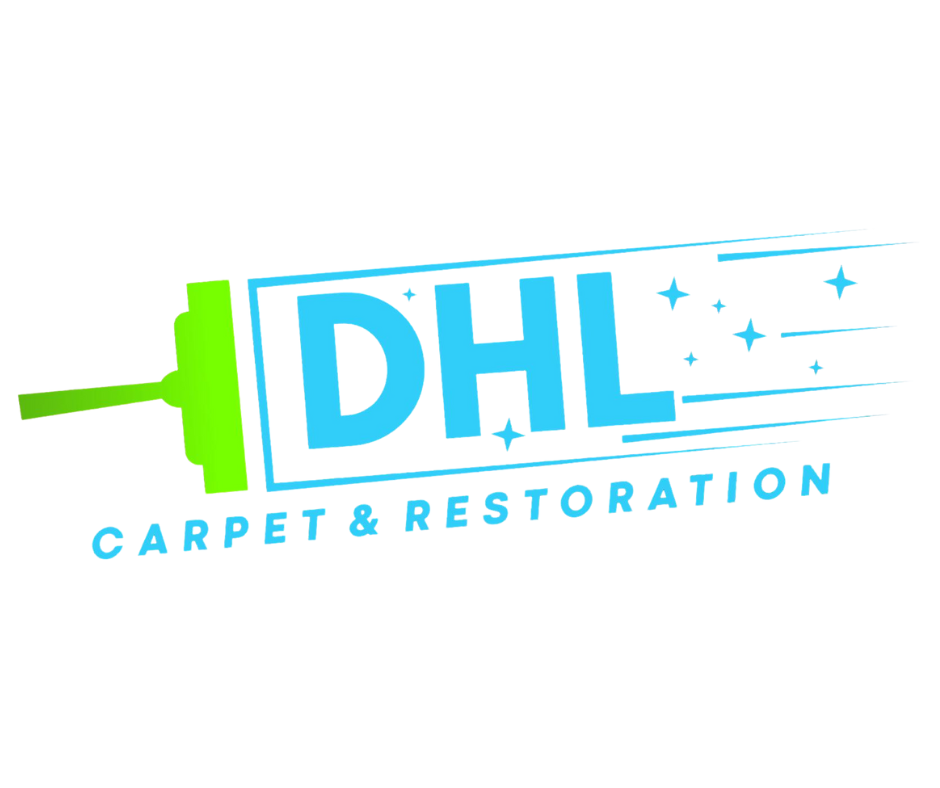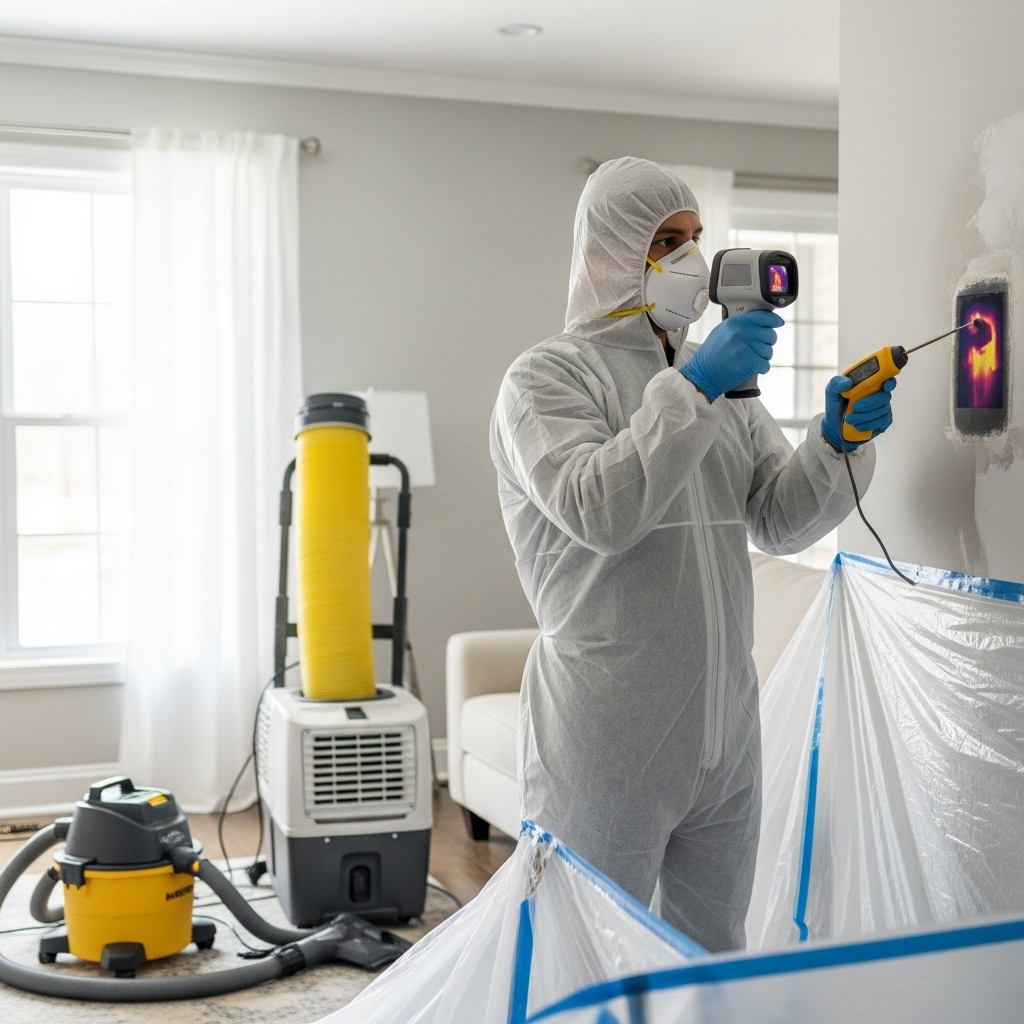New Jersey’s mix of coastal humidity, seasonal storms, and aging building stock makes mold a frequent challenge in homes and workplaces. When moisture finds its way into drywall, subfloors, insulation, or hidden cavities, spores can multiply quickly and compromise indoor air quality. Professional teams use proven protocols to locate growth, contain it, remove contaminated materials safely, and reduce the chances of it returning. If you are evaluating options and want a clear, step-by-step explanation, this guide walks through the professional process from start to finish and explains the decisions that help ensure long-term results. For reliable outcomes, many property owners turn to local experts offering comprehensive mold mitigation services to address growth correctly the first time.
Because every building and moisture source is different, a successful plan focuses not just on visible growth but on root causes. The goals are to restore safe, clean conditions and to implement changes that prevent recurrence. From the first conversation to final clearance, the best teams lead with transparency, documentation, and safety.
Below, you will find what triggers mold in New Jersey buildings, the professional phases of mitigation, how experienced specialists protect occupants, and the best ways to keep interiors dry after work is complete.
Understanding Professional Mold Mitigation in New Jersey
Mitigation focuses on stopping mold from spreading, removing contamination, and stabilizing the environment. It typically includes inspection, moisture mapping, containment, negative air, HEPA filtration, source removal, detailed cleaning, drying, and post-work verification. In New Jersey’s climate, mitigation often addresses seasonal humidity, wind-driven rain, roof leaks, plumbing failures, foundation seepage, and condensation from HVAC systems.
Unlike casual cleanup, professional mitigation follows industry-recognized practices to protect workers and occupants. It is especially important in buildings with vulnerable individuals such as children, older adults, or anyone with respiratory sensitivities.
What Triggers Mold Growth in NJ Buildings
- High relative humidity from summer weather or unbalanced HVAC
- Roof and flashing leaks during heavy rain or snowmelt
- Window, door, and siding gaps that admit wind-driven rain
- Basement seepage and inadequate drainage around foundations
- Plumbing leaks, failed seals, or appliance malfunctions
- Condensation on cold surfaces, ducts, or uninsulated pipes
- Poor ventilation in bathrooms, kitchens, and laundry rooms
Any consistent moisture source can allow spores to colonize cellulose-based materials such as drywall, paper backing, wood framing, and certain types of insulation. The first signs—musty odors, staining, or persistent allergy-like symptoms—should prompt an inspection.
The Professional Process: Step by Step
-
Initial consultation and history: Technicians gather details about water events, odors, and prior repairs, then plan a site visit.
-
Inspection and moisture mapping: Using meters and thermal imaging, professionals determine the extent of dampness and identify hidden pockets behind walls, under flooring, or in ceilings.
-
Scope definition and safety plan: The team outlines affected areas, containment strategies, equipment needs, and occupant considerations.
-
Containment and negative air: Polyethylene barriers and pressure differentials isolate the work zone. HEPA-filtered air scrubbers capture airborne particles.
-
Source control and removal: Non-structural porous materials that are colonized—such as drywall and carpet padding—are removed. Salvageable surfaces are cleaned with HEPA vacuuming and damp wiping per material type.
-
Drying and dehumidification: Professional-grade dehumidifiers and air movers reduce moisture to target levels suitable for the building materials involved.
-
Detail cleaning and HEPA vacuuming: Fine particulates are removed from horizontal and vertical surfaces. Registers, returns, and dust-prone areas are addressed to minimize recontamination.
-
Post-mitigation verification: Visual checks confirm cleanliness and dryness. Third-party assessment may be used for clearance depending on project needs.
-
Restoration guidance: Teams advise on rebuilding, insulation choices, vapor control layers, and ventilation adjustments.
Materials and Techniques That Matter
- Containment sheeting and zipper doors to manage traffic and airflow
- HEPA air scrubbers to continuously filter particulates
- Negative air machines with ducting to exhaust filtered air
- Moisture meters and thermal cameras to locate hidden dampness
- HEPA vacuums for multi-stage particulate removal
- Appropriate cleaning methods matched to wood, masonry, or metal
- Drying equipment sized to the room volume and material type
The right combination of controls and equipment protects unaffected rooms while speeding the return to normal conditions.
Choosing a Qualified Provider in New Jersey
Experience and process discipline are crucial. Ask about training, containment protocols, documentation, and how the team will identify and control the moisture source. Reputable specialists will explain each step in plain language and coordinate with any other trades needed for repairs. If you are comparing options, it is helpful to consult local providers that focus specifically on comprehensive mold mitigation services and can share clear project plans and aftercare guidance.
Because mold issues often overlap with roofing, plumbing, or HVAC concerns, look for a provider that is comfortable collaborating with those disciplines. Clear communication and scheduling can reduce disruption and help you get back to routine faster.
Health, Safety, and Occupant Considerations
- Containment reduces cross-contamination to adjacent rooms
- Personal protective equipment keeps workers safe and compliant with best practices
- Negative pressure helps ensure contaminants move toward filtration, not living areas
- Dust control and daily cleanup reduce secondary mess
- Clear signage protects occupants and visitors from entering work zones
For households or facilities with sensitive individuals, discuss additional safeguards such as temporary relocation from specific areas during certain phases, or scheduling work while occupants are away.
Timeline and Planning
The duration of mitigation depends on the size of the affected area, the complexity of the moisture problem, and the time required to dry structural elements to target levels. Efficient teams sequence containment, removal, and drying to minimize downtime. They also plan inspection checkpoints so that any adjustments happen early rather than late.
Prevention After Mitigation
- Control humidity: Maintain indoor relative humidity near 40–50% where feasible
- Improve ventilation: Use exhaust fans in bathrooms and kitchens; verify they vent outdoors
- Seal the envelope: Repair flashing, caulking, and weatherstripping to block rain intrusion
- Insulate cold surfaces: Pipes, ductwork, and rim joists benefit from insulation or air sealing
- Direct water away: Gutters, downspouts, and grading should move water away from foundations
- Monitor plumbing: Fix slow leaks, replace worn supply lines, and check appliance pans
- Routine checks: Periodically inspect basements, attics, and under-sink cabinets
Once a building is dry and clean, the most impactful step is eliminating the water source. Without moisture, spores cannot thrive.
Documentation and Communication
Professional mitigation includes photographs, moisture readings, and daily notes. This record helps confirm that materials reached target dryness and that the scope matched the observed conditions. Documentation also supports coordination with property managers, board members, or other stakeholders who need visibility into decisions and timelines.
Frequently Asked Questions
What is the difference between mitigation and remediation? Mitigation focuses on containment, removal of contamination, and environmental stabilization. Remediation can include corrective rebuilding and long-term improvements. Many projects use both concepts together: stop spread and clean thoroughly, then fix what allowed growth in the first place.
Do I need to leave my home or business during the work? It depends on the scope. Containment and airflow controls often allow normal use of unaffected areas, but certain phases may be noisy or disruptive. Your provider will advise on access and timing.
How do professionals decide what to remove versus clean? Porous materials with visible colonization are typically removed. Semi-porous or non-porous surfaces may be cleaned and dried if they are structurally sound.
Is testing always required? Not always. Many projects rely on visual and moisture verification. In some cases, third-party assessment provides additional assurance or meets stakeholder requirements.
Can mold return after mitigation? If moisture returns, so can mold. That is why source control—roof repairs, plumbing fixes, and humidity management—is essential.
Will ventilation or dehumidification changes be necessary? Often, yes. Balanced HVAC, proper bathroom and kitchen exhaust, and seasonal dehumidification help keep interiors within healthy humidity ranges.
What areas in New Jersey buildings are most vulnerable? Basements, attics, bathrooms, laundry rooms, around windows and doors, and anywhere HVAC condensation or roof leaks can occur.
Putting It All Together
Effective mold mitigation in New Jersey combines careful diagnosis, controlled removal, thorough cleaning, and decisive moisture management. With the right plan, spaces can be restored to clean, dry, and comfortable conditions while reducing the risk of recurrence. The most successful projects emphasize collaboration among property owners, contractors, and specialists and maintain clear communication from start to finish.
Get Professional Help Today
If you have noticed musty odors, stains, or unexplained moisture, do not wait for the problem to spread. Schedule an assessment with a trusted local team that can inspect, contain, clean, and guide long-term prevention. Take the first step by contacting experts who deliver proven mold mitigation services across New Jersey and get your property on the path to a healthier indoor environment.

